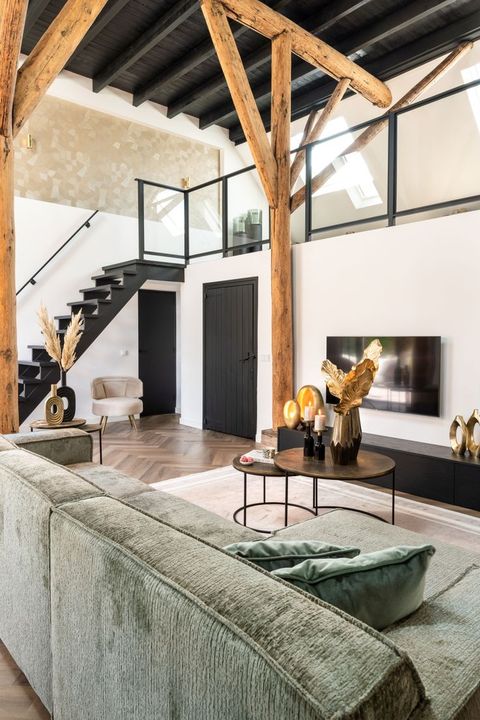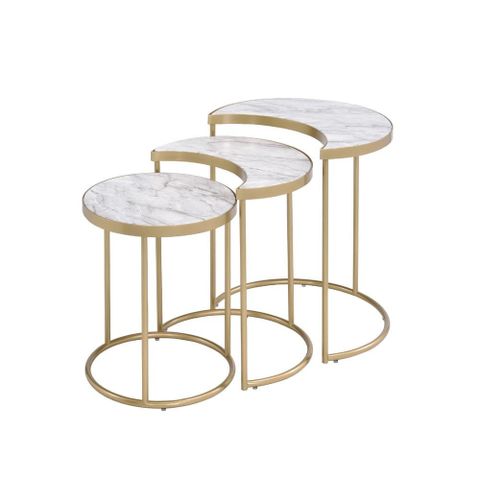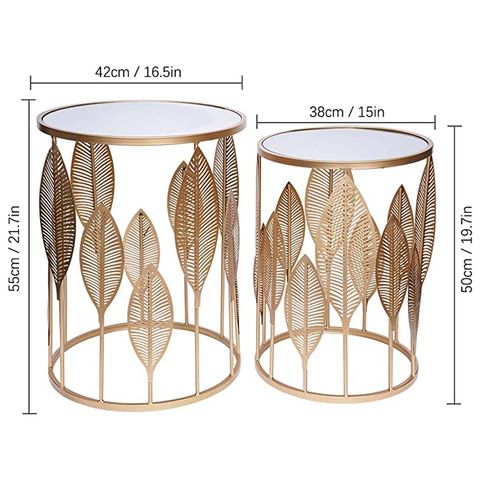Have you ever noticed how some rooms just feel warmer and more welcoming than others? It’s not just about the furniture or color scheme. Sometimes, it’s the simple presence of curves and circles that makes all the difference. These gentle, flowing forms seem to whisper comfort and safety to our subconscious minds, creating environments that feel less stressful and more nurturing.
Think about the last time you walked into a room that made you instantly feel relaxed. Was it the soft lighting, the cozy textures, or perhaps something more subtle? Often, it’s the round shapes that quietly shape our experience. From the curved edges of a coffee table to the gentle arches of a doorway, these elements work on a deeper psychological level than we might realize. They tap into something primal within us, triggering feelings of safety, warmth, and connection. This isn’t just about aesthetics – it’s about understanding how our environment affects our mental well-being and emotional state.
The Ancient Connection to Safety and Warmth
Our brains have evolved to associate round shapes with safety and protection. In nature, rounded forms like fruits, rocks, and even our own bodies represent comfort and nourishment. When we see curves in our surroundings, our nervous system responds with a sense of ease. Consider how a round dining table brings people together, or how a curved sofa invites relaxation. These designs mimic the shapes that once protected us, creating a subconscious feeling of security. Research shows that people feel more comfortable in environments with rounded elements compared to sharp, angular spaces. This ancient wiring still influences how we react to our living spaces today.
How Curves Influence Our Mood and Emotions
The psychology behind round shapes goes beyond comfort – they actually affect our mood. Curved lines naturally guide our eyes in a smooth flow, reducing visual stress and creating harmony. Imagine walking through a space filled with sharp corners versus one with gentle curves. The latter feels more fluid and peaceful. Scientists have found that people in rooms with curved architectural features report feeling more positive and less anxious. The reason? Curves don’t create the same tension in our visual processing that straight lines do. They allow our brains to relax, leading to improved emotional states and better overall well-being. This is why many wellness centers and hospitals incorporate rounded elements into their design.
Practical Applications in Home Design
Incorporating round shapes into your home doesn’t require a complete redesign. Start small with items like round picture frames, curved armchairs, or oval mirrors. These subtle additions can transform a space without overwhelming it. A round coffee table creates a focal point that encourages conversation, while curved wall art adds visual interest without harsh edges. Consider rounded window treatments or a circular rug to anchor a room. Even the shape of your light fixtures matters – a pendant light with a soft, rounded base can make a stark corner feel more welcoming. The key is balance. Too many curves can feel chaotic, so blend them with straight lines to create visual stability.
Cultural Significance Across Different Traditions
Throughout history, cultures worldwide have embraced rounded forms for their symbolic meanings. In Chinese philosophy, the circle represents completeness and unity. Buddhist architecture often features curved domes and arches to symbolize spiritual growth. Native American traditions incorporate rounded earth forms to connect with nature’s cycles. These cultural connections show us that the preference for round shapes transcends borders and time periods. Understanding these meanings can help us choose design elements that resonate with both our personal taste and universal human preferences. When we align our spaces with these ancient wisdoms, we create environments that feel deeply familiar and comforting.
The Science Behind Visual Processing and Comfort
Our brains process curved lines differently than straight ones. Neuroscientists have discovered that curved forms activate areas associated with pleasure and reward, rather than stress responses. This happens because our visual system is wired to find smooth transitions more pleasing. When we encounter angular shapes, our brains must work harder to process the sharp contrasts, which can trigger tension. Round shapes, however, provide a gentler visual journey. They’re easier on our eyes and create a sense of flow that makes spaces feel more navigable. This is why designers often use rounded elements to make large spaces feel more intimate and cozy.
Balancing Curves with Other Design Elements
While round shapes offer many benefits, they should work harmoniously with other design components. Think about how curves interact with textures, colors, and materials. A perfectly round chair might look out of place next to angular furniture and harsh lighting. The key is creating visual rhythm. You might pair a curved sofa with straight-backed chairs and a geometric rug to create interesting contrast. Light plays a crucial role too – soft, diffused lighting works best with curved forms, as it enhances their gentle qualities. Consider the scale of your space when choosing round elements. A large circular mirror can dominate a small room, while a small round accent can get lost in a vast area.
The psychology of round shapes in interior design reveals a powerful truth: our physical environment deeply influences our inner lives. By thoughtfully incorporating curves into our homes, we’re not just decorating – we’re creating spaces that support our mental and emotional health. Whether it’s the gentle curve of a bookshelf or the soft arc of a doorway, these elements speak directly to our subconscious needs for safety and comfort. The beauty of this approach is that it’s both scientifically supported and intuitively appealing. As you go about designing or redecorating your space, remember that sometimes the most profound changes come from the smallest details – like choosing a round table over a square one, or selecting a curved lamp instead of a sharp-edged one. These decisions create ripple effects that extend far beyond what meets the eye.














